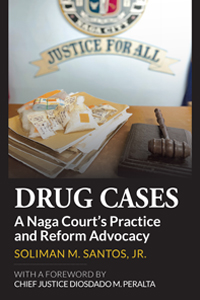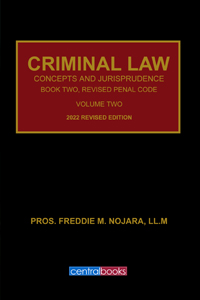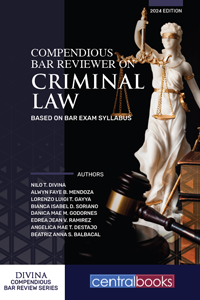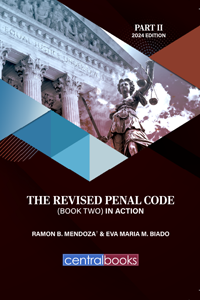- Drug Cases: A Naga Court’s Practice and Reform Advocacy
- Judge Soliman M. Santos, Jr.
- Publisher: Central Book Supply, Inc.
- ISBN: 978-621-02-1737-7
- No. of Pages: 456
- Size: 6 x 9
- Edition: 2022
Description:
This book, which comes on the 20th anniversary of R.A. No. 9165, the Comprehensive Dangerous Drugs Act of 2002, is not like the usual corpus of law books or text books on the subject, of which there are many in the market. Such books are usually commentaries on the codal provisions of the law, amplified by jurisprudence, i.e. Supreme Court Decisions applying or interpreting those provisions. One might say that they provide a macro view of the law that is useful for law students and law professors, as well as law practitioners both private and public. This book is a different kind of law book, one that is based on the practice of one Court/Branch or more precisely one Judge. It provides what would be a micro view that may be more useful for fellow Judges, especially new Judges, at the RTC level of first instance for drug cases, or even other law practitioners like litigators, whether for the prosecution or defense, who would like to get a better sense of the judicial perspective, to factor into their case advocacy in drug cases.








